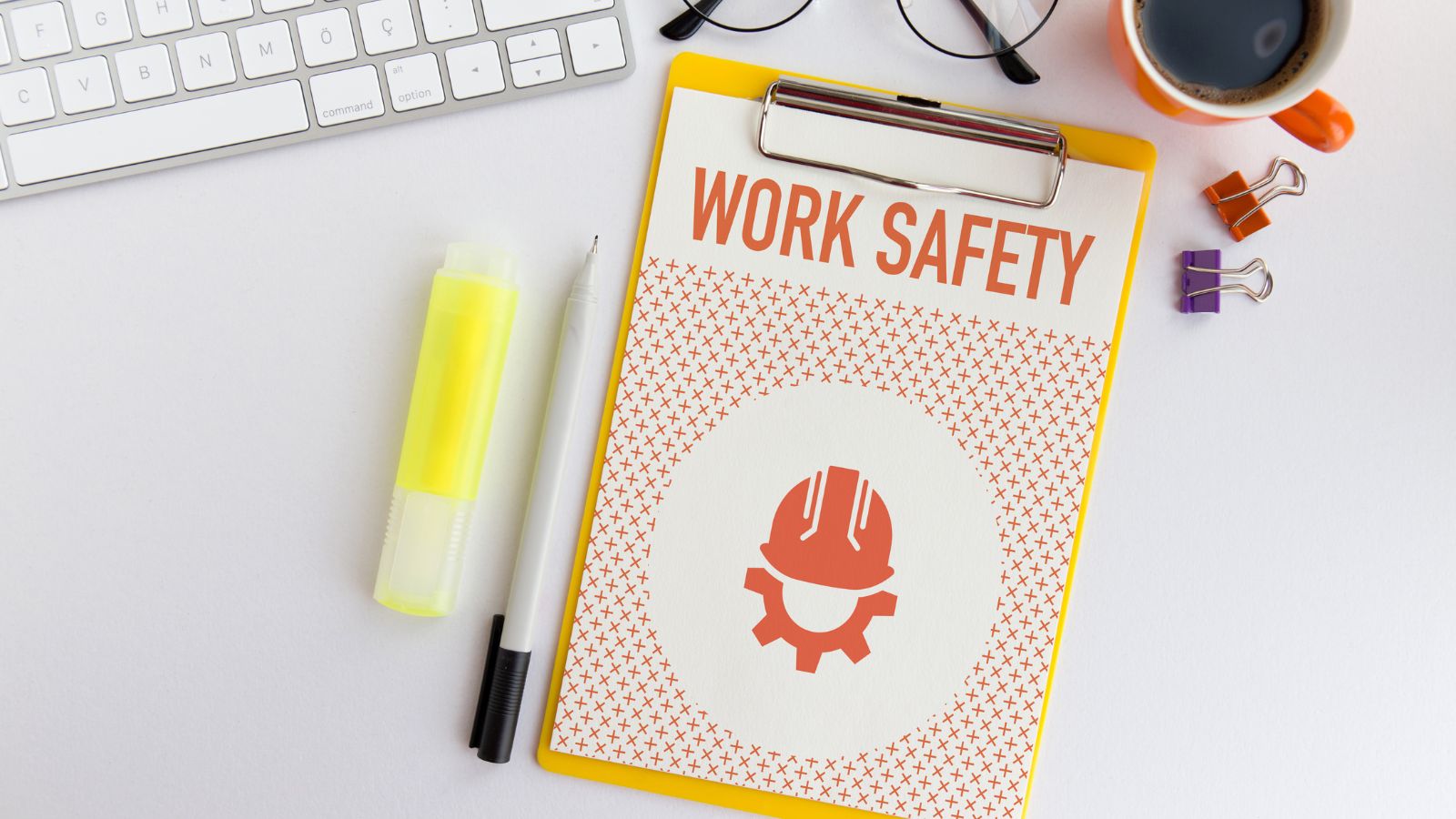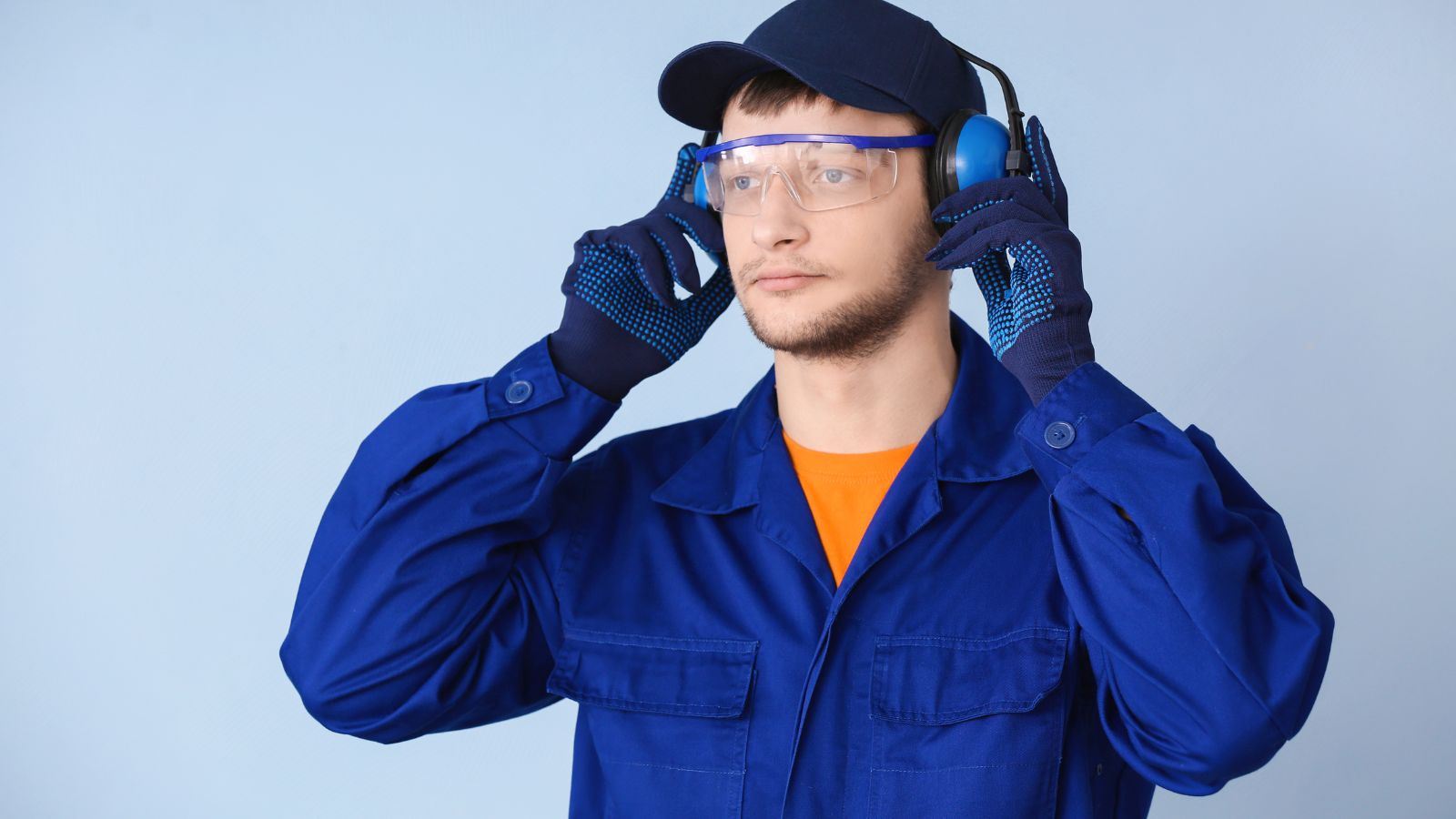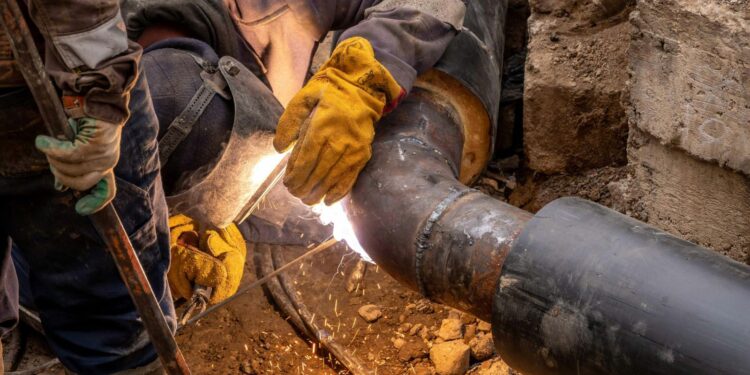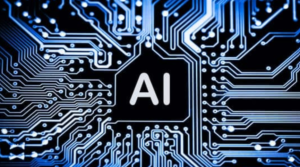Workplace safety in Australia has come a long way over the past few decades. While high-vis vests and hard hats are still essential, modern protection goes far beyond PPE. Thanks to advances in automation, smart systems, and predictive technology, many of the most effective safety tools are now working quietly behind the scenes. From factory floors to construction sites, innovations led by organisations like a leading industrial controls provider in Australia are helping reduce risks and keep workers safe in ways most people don’t even notice.
These hidden technologies aren’t just preventing injuries—they’re transforming the way safety is embedded into everyday operations, making workplaces safer by design rather than relying solely on employee behaviour or chance.
Smart Sensors That Detect Trouble Early
One of the most important innovations in workplace safety is the widespread use of sensors. These compact devices monitor critical environmental and equipment factors in real time, allowing businesses to detect and address issues before they escalate into incidents.
Sensors can track:
- Air quality and gas leaks in confined spaces
- Temperature fluctuations that could signal overheating machinery
- Excessive noise levels that may require ear protection
- Vibrations or irregular movements in heavy equipment
In industries like manufacturing, mining, and utilities, these sensors are now integrated into the workplace infrastructure. They provide real-time alerts that allow for immediate action—whether that’s shutting down equipment, evacuating an area, or simply alerting a supervisor to investigate further.

Wearables And Body-Worn Tech
It’s not just the workplace environment being monitored—workers themselves can now wear tech that enhances their safety. Wearables like smart helmets, vests and wristbands are being used to track vital signs, monitor fatigue levels and detect sudden impacts or falls.
Benefits of wearable safety tech include:
- Early warning signs of heat exhaustion or fatigue
- Lone worker monitoring for remote or isolated sites
- GPS tracking in hazardous zones
- Fall detection with automatic alerts sent to emergency contacts
This technology not only improves safety but also allows for better data collection, which can be used to improve safety protocols over time.
AI And Predictive Maintenance
Preventing accidents isn’t just about responding to emergencies—it’s also about anticipating them. Artificial intelligence is increasingly being used to identify patterns that lead to safety issues. By analysing data from machines, sensors and historical incidents, AI systems can predict when something is likely to go wrong.
For example, predictive maintenance algorithms can identify when a piece of machinery is likely to fail based on past wear-and-tear patterns. This means it can be serviced or replaced before it becomes a hazard.
AI is also being used to:
- Analyse video footage for unsafe behaviour on site
- Flag workers who need retraining based on task performance
- Recommend safety improvements tailored to specific teams or job sites

Augmented Reality For Safer Training
Traditional safety training has its limits—especially when it comes to preparing workers for high-risk environments. Augmented reality (AR) is changing that by giving workers a hands-on experience in a controlled, virtual setting.
With AR, workers can:
- Practise operating machinery without real-world consequences
- Navigate simulated emergencies, like chemical spills or fire drills
- Learn safe procedures visually, rather than relying solely on written manuals
This kind of immersive training boosts confidence and competence, reducing the likelihood of errors once workers are on the job.
A Proactive Safety Culture
Perhaps the biggest hidden innovation isn’t a piece of tech at all—it’s the cultural shift that comes from integrating these tools into daily operations. When safety systems work in the background, constantly scanning, reporting and adjusting, they create a workplace environment where being safe doesn’t require constant reminders. It’s automatic.
As technology continues to evolve, so will the safety standards across Australian industries. With innovation driven by everything from wearable sensors to smart controls and AI-driven analysis, the future of workplace safety is not just smarter—it’s already here, quietly working to protect people every single day.



























































